Wire Heater: How to Properly Wire a Heating Element for Safety and Efficiency
Discover the essential steps to wire a heater safely and efficiently with DXM's comprehensive guide. Learn the best practices on how to wire a heating element, ensuring optimal performance and safety. Whether you're a professional or DIY enthusiast, our expert tips will guide you in handling wire heaters effectively. Achieve seamless installation with DXM's trusted solutions.
- What Is a Wire Heater?
- Why Proper Wiring of a Wire Heater Element Matters
- Step-by-Step Guide: How to Wire a Heating Element
- 1. Safety Precautions
- 2. Gathering Your Materials
- 3. Understanding the Specifications of the Wire Heater
- 4. Preparing the Wire for Heater
- 5. Making the Connections of Wire Heater
- 6. Testing the Installation
- Common Problems When Wiring a Wire Heater Element
- 1. Element Not Heating
- 2. Overheating
- 3. Intermittent Heating
- Why Choose DXM for Your Wire Heater Needs?
- Frequently Asked Questions about Wire Heater
- What gauge wire is best for wiring heating elements?
- Can I wire a heating element without a diagram?
- How can I ensure my connections are safe?
- Conclusion: The Importance of Proper Wire Heater Installation
Learn how to wire a heating element effectively with our expert tips. Whether you're using a wire heater for household appliances or industrial systems, correct wiring is crucial. This guide helps you understand the process of connecting a wire heater and ensures safe installation. Proper wiring can prevent overheating and improve the performance of your heating system. Whether you're a beginner or a professional, follow these steps to get it right and enhance the longevity of your wire heater.
What Is a Wire Heater?
In the world of electrical engineering and heating technology, a wire heater plays a crucial role in converting electrical energy into heat. These heating elements are used in everything from household appliances, such as toasters and space heaters, to large industrial systems. Understanding how to wire a heating element efficiently is essential for professionals and DIY enthusiasts alike, ensuring safety, efficiency, and longevity of the devices.
The core function of a wire heater is simple: electricity flows through a resistance wire, and due to the electrical resistance of the wire, heat is generated. This heat can then be transferred to the surrounding environment or to the specific area of interest in industrial processes. Proper wiring is essential to ensure that this heat is generated effectively and safely.
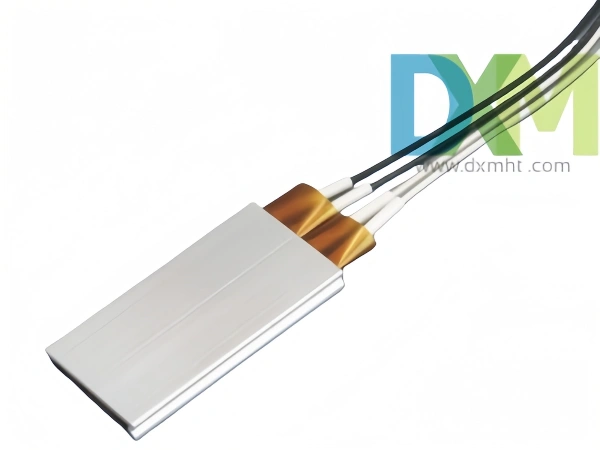
Why Proper Wiring of a Wire Heater Element Matters
The importance of understanding how to wire a heating element cannot be overstated. Wiring a heating element improperly can lead to issues such as overheating, malfunctioning, and even fire hazards. To achieve optimal performance from your wire heater, several factors must be considered: the type of wire used, the gauge of the wire, and ensuring that the connections are properly secured and insulated. A correctly wired heating element can function more efficiently and have a longer lifespan, which is why it's critical to follow the manufacturer's guidelines.
Step-by-Step Guide: How to Wire a Heating Element
Whether you're a professional or a DIYer, following a structured approach when wiring a heating element will help ensure that everything goes smoothly. Below, we break down the necessary steps to successfully wire your heating element, with a focus on safety and precision.
1. Safety Precautions
Before starting any work on wiring a heating element, it's essential to take the necessary safety precautions:
- Always turn off all power sources to avoid electrical shocks.
- Use insulated tools to minimize the risk of short circuits or shocks.
- Wear protective gear such as gloves, safety goggles, and a face mask to protect yourself from electrical hazards.
2. Gathering Your Materials
You'll need a variety of tools and materials to wire a heating element properly. Here’s a list of what you’ll need:
- Wire heater elements: These can vary in size and type depending on the application.
- Appropriate gauge wires: Choose wire gauge based on the power requirements of your heating element (typically 12 AWG or 14 AWG).
- Insulated tools: Use screwdrivers, pliers, and wire strippers for cutting and preparing your wires.
- Connectors and screws: Use these to secure the connections safely.
3. Understanding the Specifications of the Wire Heater
Each wire heater element comes with specific voltage and wattage ratings, which you need to understand before starting the wiring process. Make sure to:
- Verify the voltage and current ratings to match the electrical system.
- Study the wiring diagram that comes with the heater to understand where each wire should connect.
4. Preparing the Wire for Heater
Preparation is key when wiring any heating element. To prepare your wires:
- Cut the wires to the required length.
- Strip the wire ends to expose the metal conductor while ensuring there’s no damage to the insulation.
- Ensure there is no moisture or debris on the wire, as this could lead to poor connections.
5. Making the Connections of Wire Heater
When connecting the wires to the heating element, follow these steps:
- Use the wiring diagram to ensure correct connections.
- Secure the wire connections tightly to prevent any loose wires that could cause resistance build-up and overheating.
- Use connectors and fasteners to secure the wires in place, ensuring they are properly insulated.
6. Testing the Installation
Once the wiring is complete, it's essential to test the installation:
- Reconnect the power and test the wire heater to make sure it operates correctly.
- Use a multimeter to check for proper voltage and current flow.
- Inspect the wiring for any loose connections or areas of overheating, which may indicate issues that need to be addressed.
Common Problems When Wiring a Wire Heater Element
Even after following all the steps for how to wire a heating element correctly, problems can still occur. Here are some of the most common issues you may encounter and how to fix them:
1. Element Not Heating
If the element is not heating properly, check the following:
- Ensure that all connections are secure.
- Verify that the power supply is correctly connected and operational.
- Check for a blown fuse or a tripped breaker.
2. Overheating
Overheating can be dangerous. To prevent it:
- Ensure that the heater is wired for the correct voltage.
- Check the insulation around the wire and heating element for damage or wear.
- Verify that the heater is not drawing more current than it is rated for.
3. Intermittent Heating
Intermittent heating is often caused by poor connections. If this happens:
- Check for loose connections or faulty wiring.
- Inspect connectors and tighten any that seem loose.
Why Choose DXM for Your Wire Heater Needs?
At DXM, we offer high-quality wire heaters that cater to a wide range of applications, from household to industrial uses. Our products are designed to be reliable, safe, and long-lasting. Whether you're a professional engineer or a DIY enthusiast, we ensure that our heating elements meet the highest industry standards. Trust DXM for your next heating project, and experience the difference in quality and performance.
Frequently Asked Questions about Wire Heater
What gauge wire is best for wiring heating elements?
The best wire gauge for heating elements is typically 12 or 14 AWG, but always refer to the manufacturer’s specifications for your specific heater.
Can I wire a heating element without a diagram?
It’s highly recommended to use a diagram. A proper wiring diagram ensures that the element is connected safely and correctly.
How can I ensure my connections are safe?
Make sure all connections are tight and secure. Use insulated wires and follow the safety guidelines outlined in this guide.
Conclusion: The Importance of Proper Wire Heater Installation
Wiring a heating element correctly is not just about ensuring it works; it’s about doing so safely and efficiently. A properly wired wire heater can provide long-term performance and reliability. Whether you're learning how to wire a heating element for the first time or you're a seasoned professional, following the steps outlined here will help you achieve the best results. At DXM, we’re committed to providing top-notch wire heaters that help make your projects safer and more effective.
Recommended for you
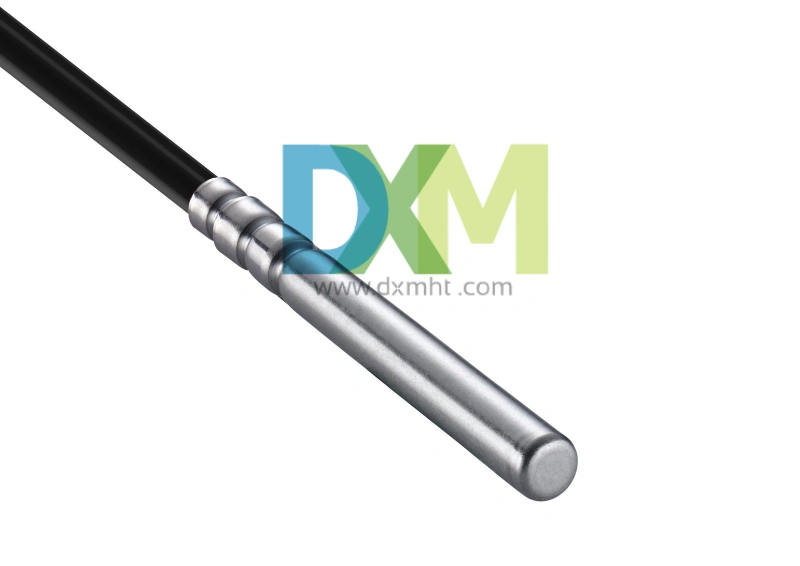
Water Temperature Sensor: The Key to Engine Health and Efficiency
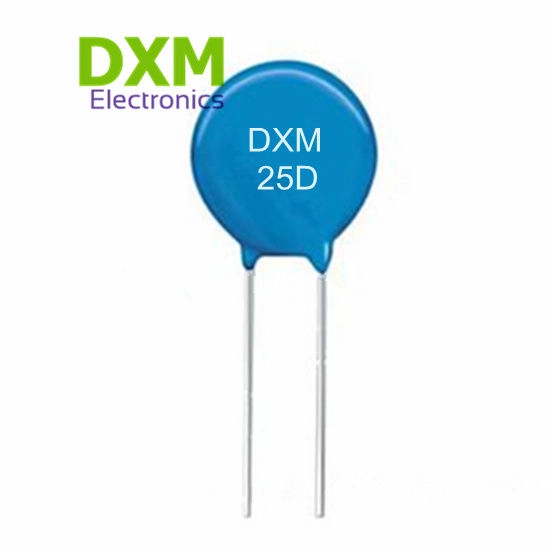
Lightning Surge Protection Varistor: Essential for Protecting Your Electrical Systems
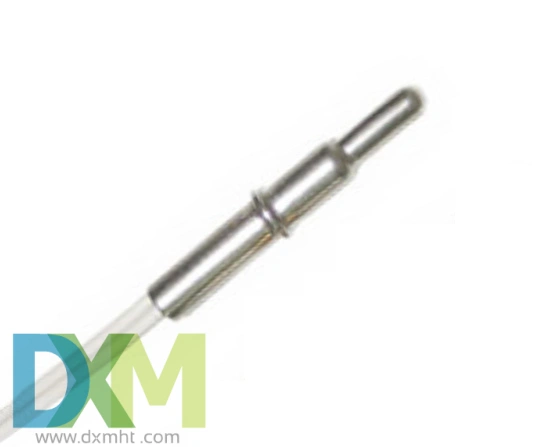
Water Temp Sensor: How to Test it for Reliable Performance?

Capacitor Impedance: Calculation Guide & FAQs
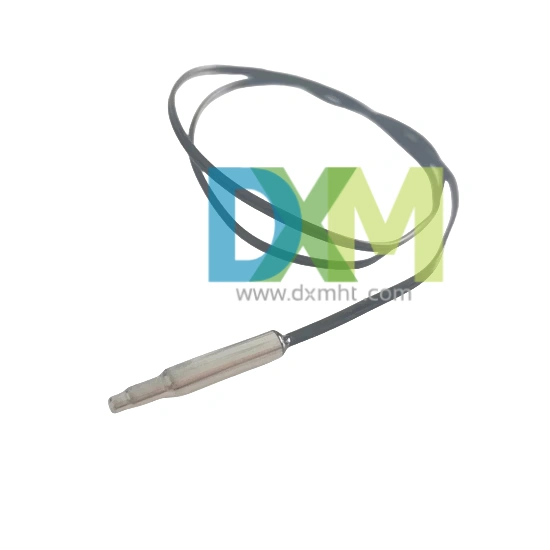
Temperature Probe Sensor: A Comprehensive Guide
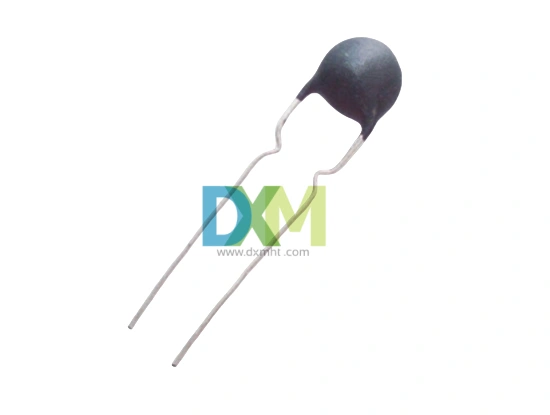
Termistor NTC: What Does a Thermistor Do?
Logistics
Can I change my shipping address?
Yes, you can contact our customer service team to modify the delivery address before order confirmation to ensure that the order can be accurately delivered to the address you specify.
How long does logistics delivery take?
Shipping times depend on your location and the shipping method you choose. Generally speaking, international shipping can take anywhere from a few weeks to a few months.
How to track my order?
You can track your order through our official website or the order number provided and learn about the logistics status and delivery progress of your order at any time.
Price and Payment
How are the prices of your products determined?
Our product prices are based on a variety of factors, including order quantity, customization requirements, and market competition.
Customized Services
Free sample availability
You can contact our representative via email, fax or phone to specify the sample you need and provide your courier's account number (such as UPS, FedEx, DHL, TNT, etc.).. And we’ll send you samples free of charge through your courier by freight collection.
You may also like

KTY83-110 Sensor with Silicon Glass Thermistor
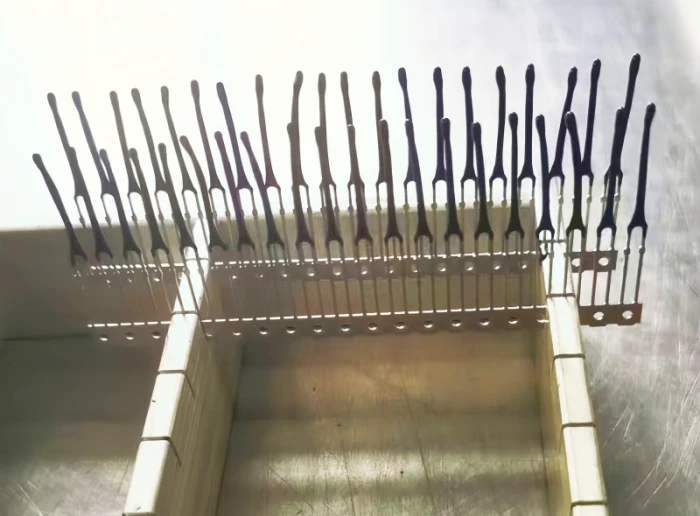
Bracket Type NTC Thermal Sensor MF52X for Precise Temperature Measurement
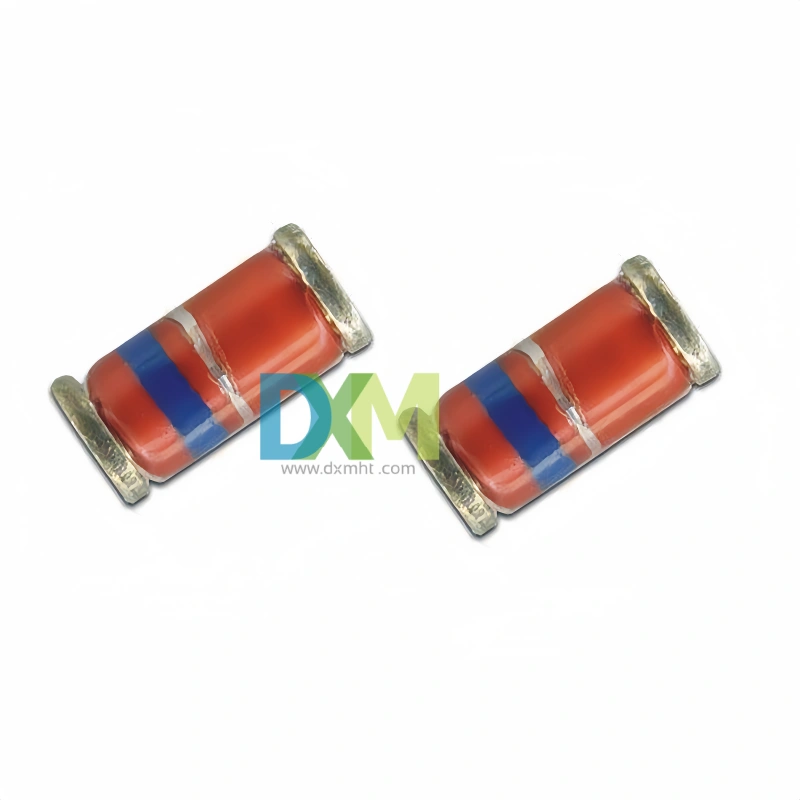
Glass Thermistors MF58E for High-Precision Applications
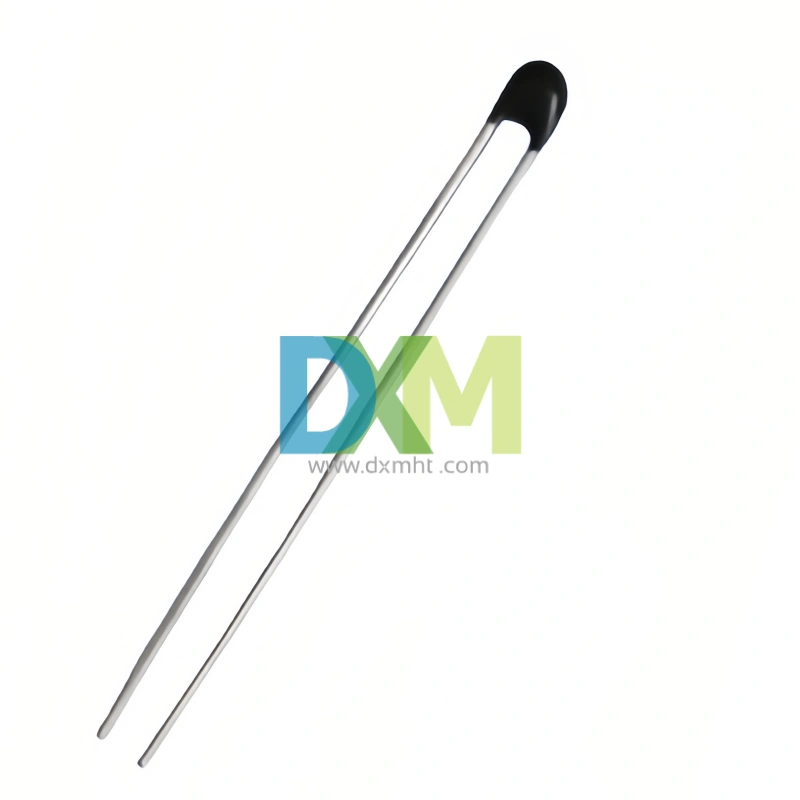
High Precise NTC Sensors for Temperature Measurement and Control
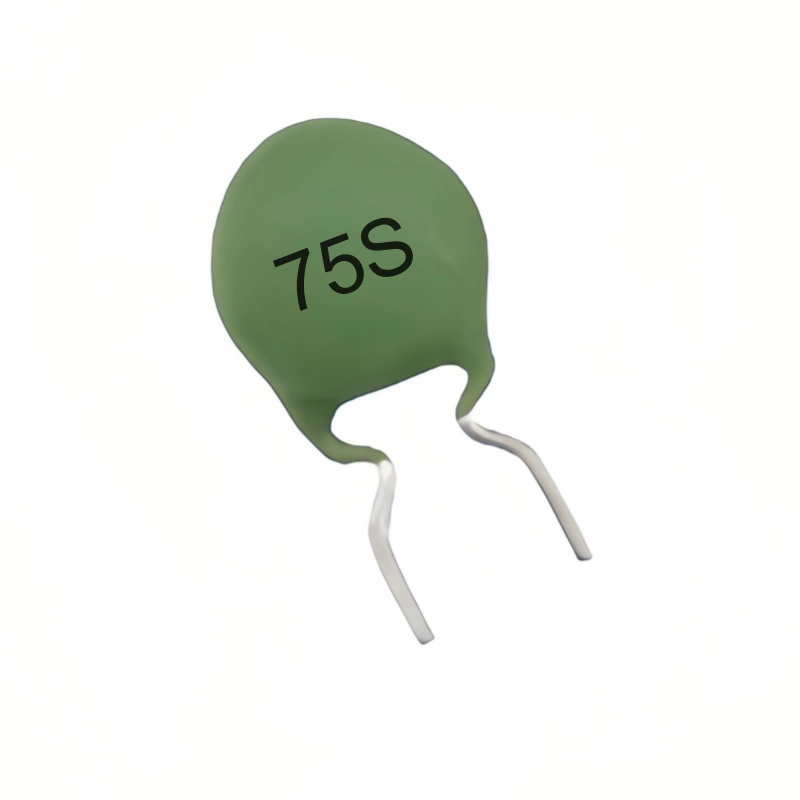
WMZ12A 75S PTC Thermistors for Over-Current and Over-Load Protection
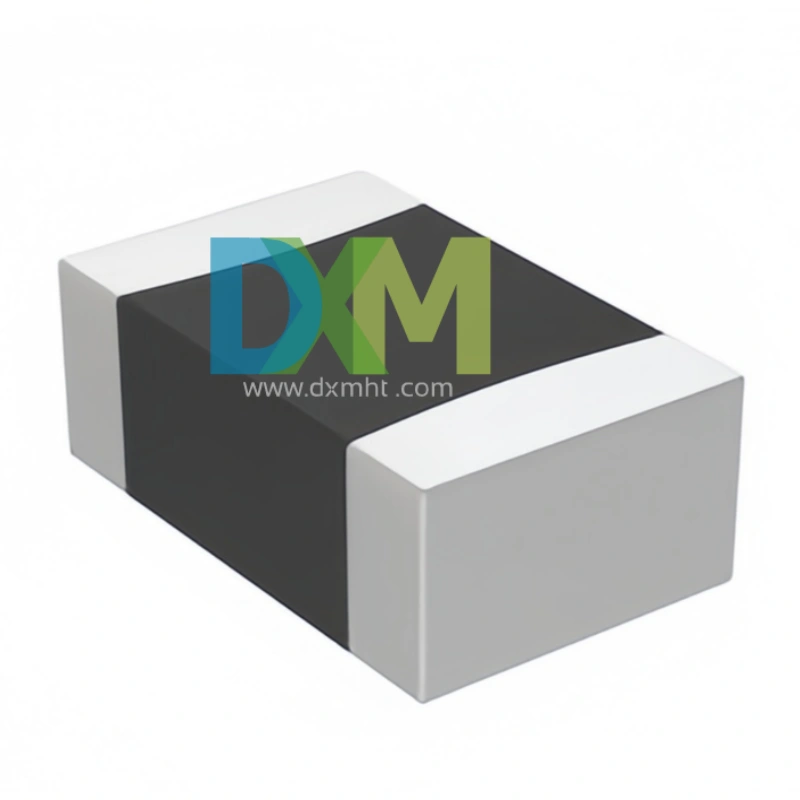
SMD Sensors: Advanced Temperature Sensing Excellence
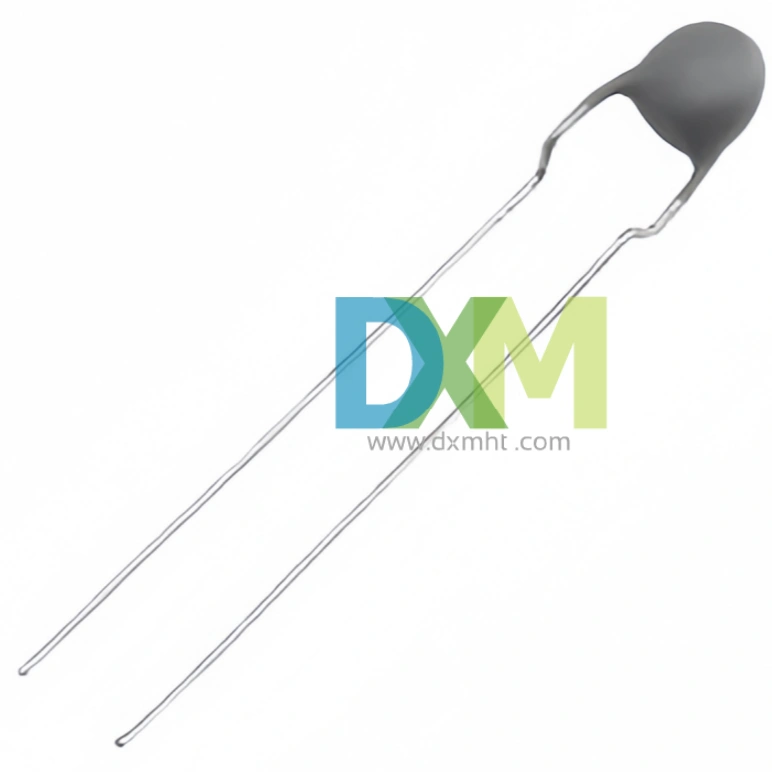
Thermistor PTC MZ11 Series for Light Efficient Design
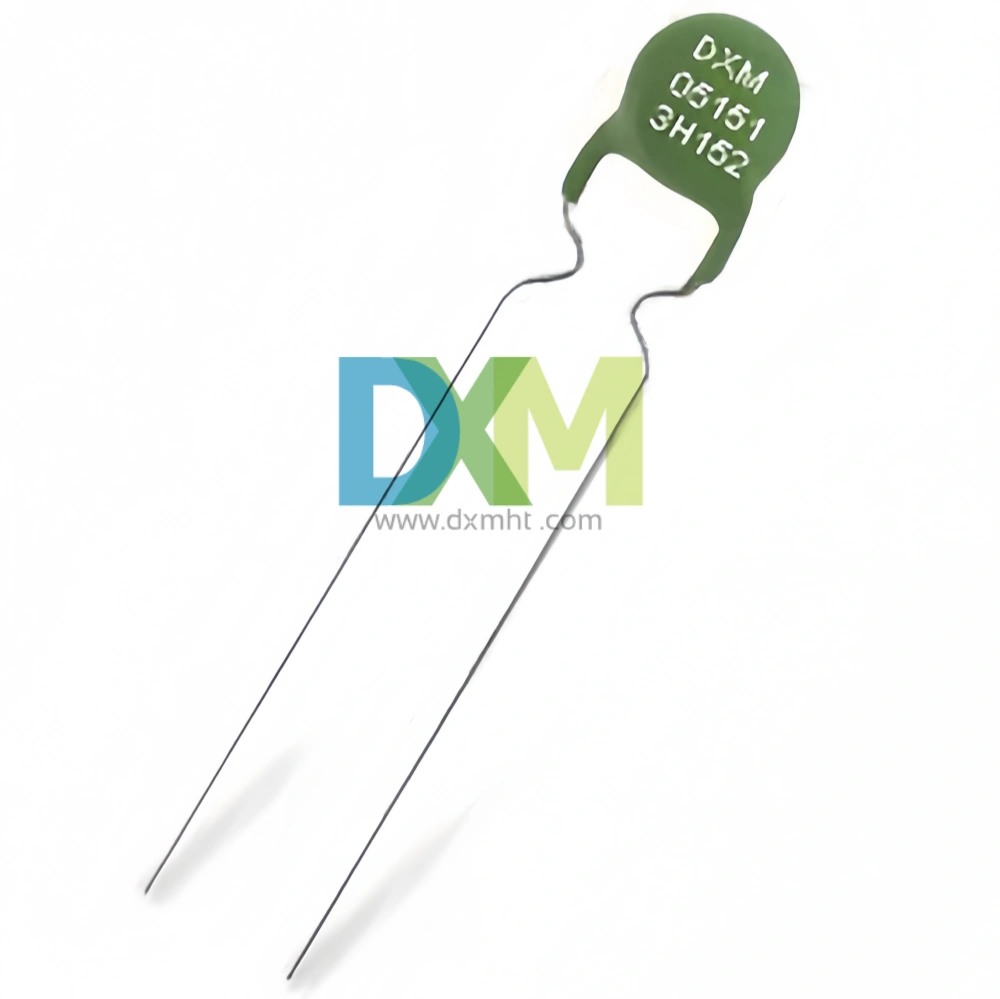
PTC Thermistors for Ballast Electronic and Energy Saving Lighting Intelligent Preheat Start MZ12 | DXM
Get in Touch
Discover premium thermistors, sensors, and resistors tailored to your needs.Our dedicated team of experts is available to assist with product selection, technical queries, and after-sales service. Contact us for custom solutions and experience exceptional customer support.
© 2024 DXM | Designed by gooeyun

 Scan QR Code
Scan QR Code
Scan QR Code
Whatsapp: +8618927361658
Shenzhen DXM Technology Co., Ltd.
DXM PTCNTC
Shenzhen DXM Technology Co., Ltd